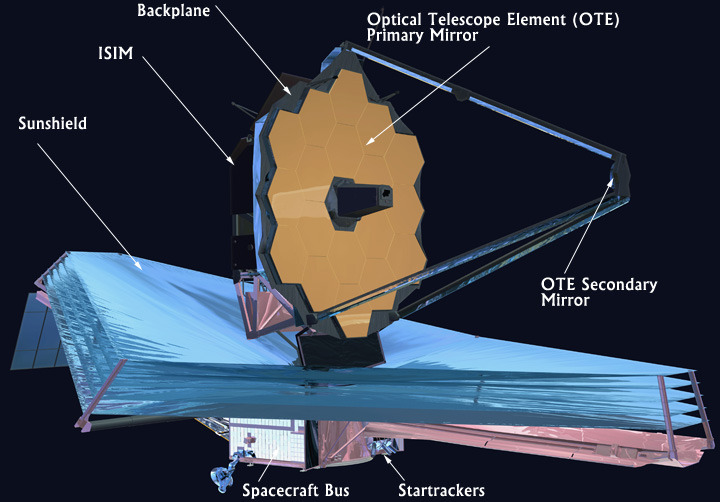NASA Targets Saturn's Seasonal Secrets With New Space Telescope
NASA has revealed its next point of solar system obsession, planning to set the upcoming James Webb Space Telescope on Saturn to help pick apart its secrets. The ringed planet is unarguably the most distinctive of our celestial neighbors, but there's a surprising reason for our lack of knowledge about some of its core details.
Saturn hasn't gone unexamined in NASA's space exploration. The planet was the subject of 13 years of study by the Cassini spacecraft, between 2004 and 2017, unlocking many of the more unusual details about the gas giant. However Cassini's mission ended when it plunged into Saturn's atmosphere, cutting off astronomer's closest source of data.
13 years is a long time, but it still leaves uncertainties in our Saturn observations. The planet's seasons are much longer than ours, because its year is 30 Earth-equivalent years in length. That means each season lasts for more than seven years. Cassini's arrival coincided with summer in the southern hemisphere of the planet; now, it's summer in the northern hemisphere.
The hope, therefore, is to use the upcoming James Webb Space Telescope to explore the seasonal changes in the planet's atmosphere. The new telescope will also be more sensitive than Cassini was, paving the way for more detailed data. "These observations will give us a full assay of the Saturnian system to see what's changed," Leigh Fletche, one of the principal investigators in a program using Webb to examine Saturn, says, "to see how the seasons have evolved since Cassini's last glimpses and to harness capabilities Webb has that Cassini never did."

The hope is that the new telescope will help explain some of the more unusual incidents in Saturn's recent history. A vast storm that quickly grew to cover the planet in early 2011, for example, left scientists scratching their heads, while its glowing auroras are similarly mysterious.
Webb's impact will also spread to Titan, the largest of Saturn's moons. It, too, has long fascinated astronomers: it has a system of methane lakes and rivers, feeding into seas of the liquified gas. That's a side-effect of its -290 degree Fahrenheit surface temperatures and high atmospheric pressure, 50-percent higher than what we experience here on Earth.
Helping to unlock all this new data will be the array of high-tech instruments the Webb spacecraft will carry. As well as a Near-Infrared Camera and a Mid-Infrared Instrument, there'll also be a Near-Infrared Spectrograph and a Fine Guidance Sensor/Near InfraRed Imager and Slitless Spectrograph. Each is fed light by the Optical Telescope Element, which NASA describes as the "eye" of the spacecraft.
Still, the researchers will have to remain patient for the moment. The Webb spacecraft isn't expected to launch until 2021, and even then it will take some time for it to reach Saturn. Once there, the hope is that – like Cassini before it – the telescope will outlast its planned mission duration, which is designed for 5.5 years, and give more than a decade of observations.
